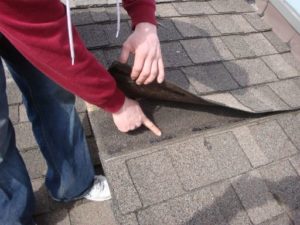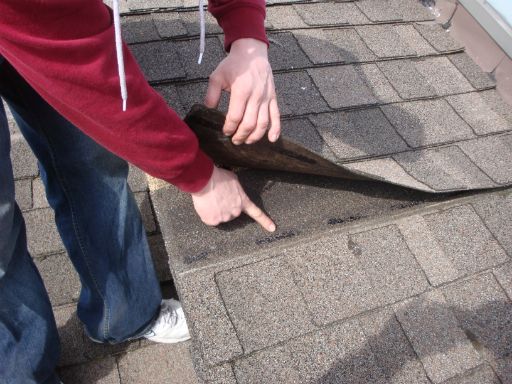Maintaining your roof as a homeowner is one of your biggest responsibilities. By not maintaining the health of your roof, you are putting your family’s well being at stake. A good way to ensure the long term health of your roof is to make sure that it gets inspected regularly.
 There is a laundry list of issues that could arise should you neglect the health of your roof. For instance, mold, decay, and a wet, weakened roof are all symptoms of a failing roof that could have adverse effects on the homeowner. These same issues can also arise for commercial roofs as well. It gets even worse if these problems go undetected for an extended period of time. Concerned is relatively higher for those that live in areas that are impacted from in climate weather. If storms impact your home, your roof is more susceptible to failure.
There is a laundry list of issues that could arise should you neglect the health of your roof. For instance, mold, decay, and a wet, weakened roof are all symptoms of a failing roof that could have adverse effects on the homeowner. These same issues can also arise for commercial roofs as well. It gets even worse if these problems go undetected for an extended period of time. Concerned is relatively higher for those that live in areas that are impacted from in climate weather. If storms impact your home, your roof is more susceptible to failure.
There are simple ways to tell if your roof needs attention by making simple observations yourself. For instance, if you have a roof surrounded by trees, you should observe for mold, fungus or algae that may be arising on the surface of the roof. If you can visibly see streaks on the roof, it’s an indicator that you may have a buildup of a dangerous mold or algae. These issues are particularly common during high periods of humidity, during the spring or summer.
If the roof is in the shade for a particularly significant portion of the time, it’s even more likely to be at risk. The worst-case scenario for letting this sort of issue go unchecked is having your roofing material get eaten away by a fungus or mold, which would cause deterioration which would, in turn, lead to leaking within your home.
Removing Tree Debris from your Roof can help to extend the life of it.
As you could likely assume, the quickest and most effective way to rectify this is to trim back trees that are nearby to improve the air circulation.
Another effective way to eradicate the opportunity for mold and fungus to build up is to install zinc strips along the edge of the roof. This will form zinc oxide during rain which will carry a protective coat across the roof that prevents the growth of dangerous mold.
A primary concern should be ensuring that none of the shingles on the roof tear off. If you have weak shingles on the roof, it should be a top priority to repair the damage before wind gusts from a storm get rid of the shingles all together.
Replacing shingles from damaged roofs can be a do-it-yourself project that saves the long term health of your roof. The first step is loosening the first row of shingles that aren’t damaged. Then, you’ll need to pull away from the shingles that are ineffective so that they are separated. Finally, rock the broken shingle until it’s off the roof completely, then replace it with a brand-new shingle.
Roofing is an area of home inspections that can make the difference between a sale or not.


0 Comments